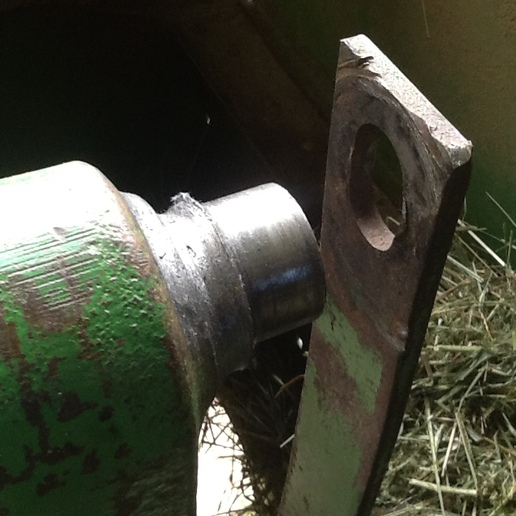I have adjusted my lift linkage by the manual and the article that vintage tractor has. it goes smooth but, when done, and you push the position lever down, the control levers start to move in the direction of valve engagement. so with the position lever fully down and you start to raise the implement, the control levers actually move toward closing the valve first then as the position lever reaches the fast mark then the lift valve starts to engage and lift the arms. This doesnt seem correct to me. How far do you guys have to lift the position control before the arms raise??
Sorry for this long post but this is driving me nuts!
someone please help....
Thanks
Sorry for this long post but this is driving me nuts!
someone please help....
Thanks


